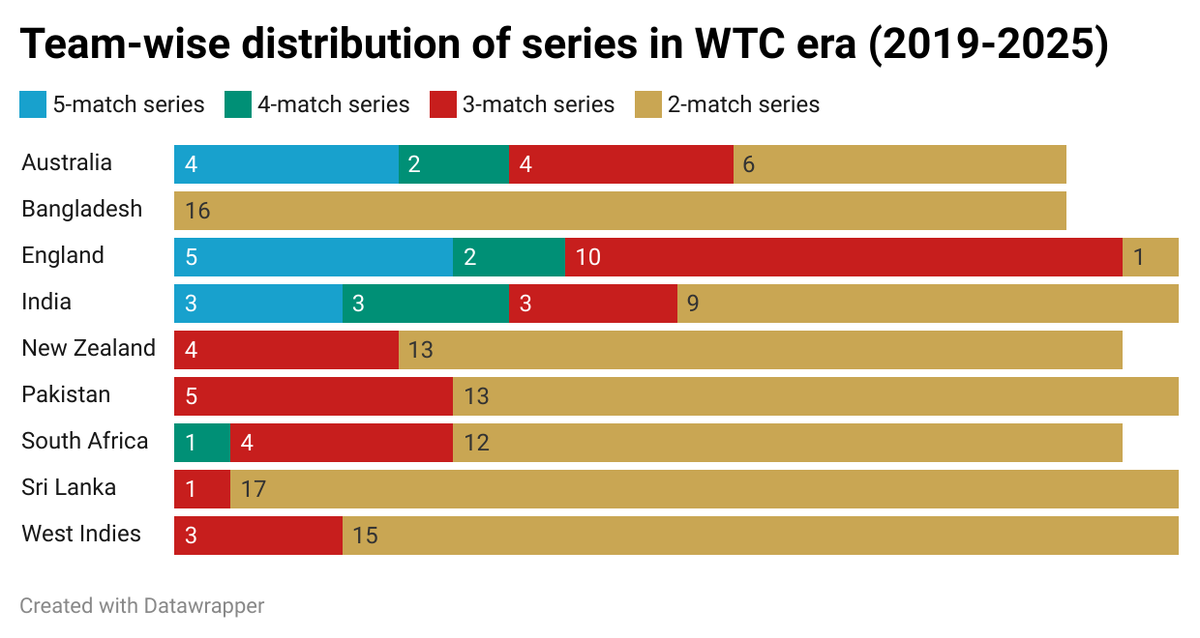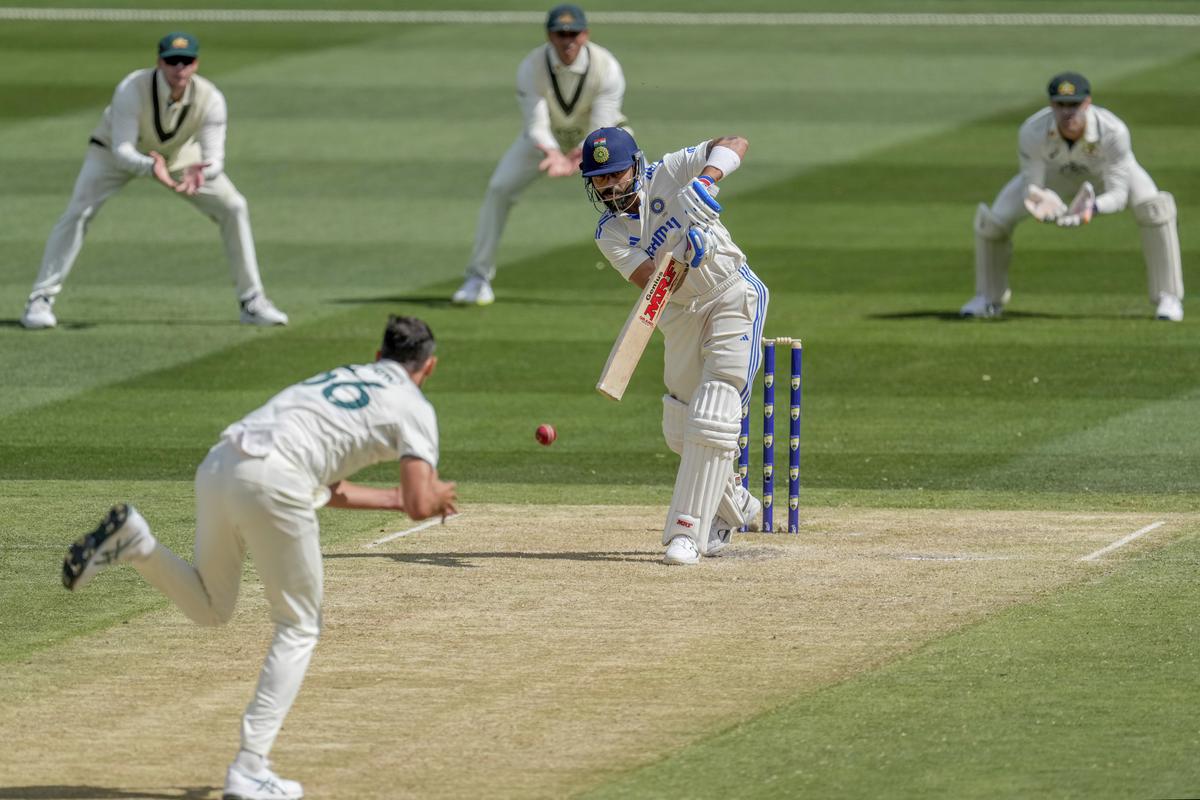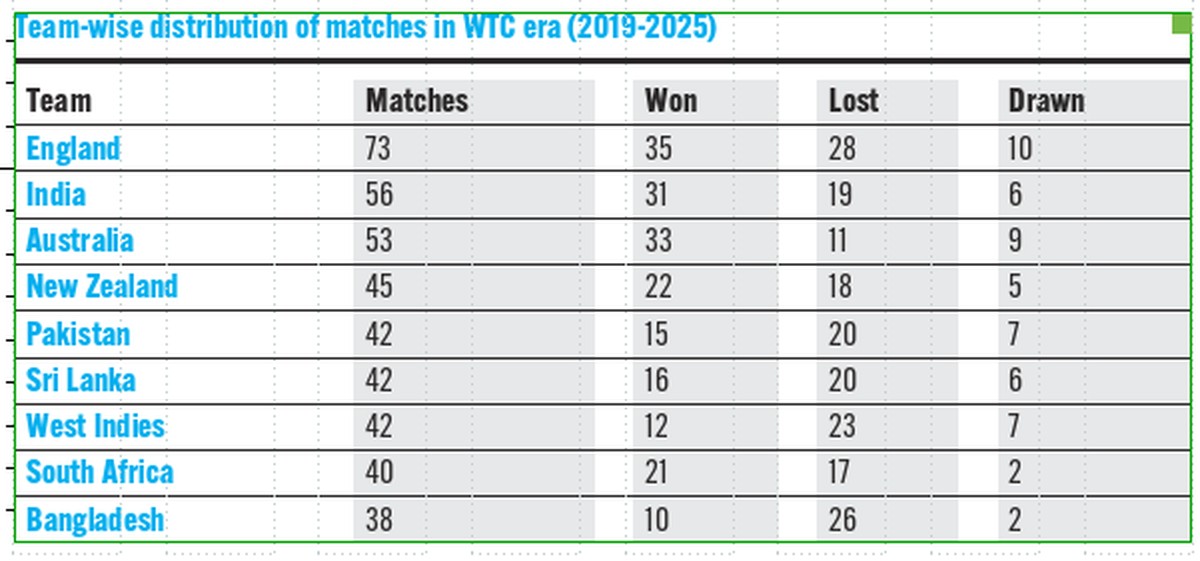
When South Africa challenges Australia for the World Test Championship (WTC) mace at Lord’s from June 11, the spectacle could serve as a touchstone of the competition’s fairness and point towards what lies in store for the oldest format of the game.
The Proteas’ run to their maiden WTC final has drawn scrutiny with regards to the format of the tournament, and questions have been raised about whether they are worthy of facing the defending champion in the Ultimate Test.
They head into the summit clash on the back of six consecutive wins — two each against lower-ranked Bangladesh, Sri Lanka and Pakistan. Add to that the 1-0 series win in the West Indies in August last year, and South Africa’s last four opponents in the current WTC cycle comprise the bottom-placed teams in the standings. What preceded South Africa’s eight-match unbeaten streak is perhaps what makes its appearance in the final seem ironic to some. In what was considered a blasphemous snub to Test cricket, South Africa named an understrength 14-member squad for the two-match series in New Zealand, which included as many as six uncapped players. The touring party was led by an uncapped skipper, and its most experienced member had played all of 15 Tests. That South Africa’s frontline Test campaigners had to miss the series to honour their contractual obligations to SA20 — the country’s marquee franchise T20 league — didn’t sit well with the purists. Their absence resulted in the Kiwis running riot and securing their first-ever Test series win against the Proteas.
Australia got its hands on the Test mace by beating India in the last WTC final.
| Photo Credit:
Getty Images
Australia got its hands on the Test mace by beating India in the last WTC final.
| Photo Credit:
Getty Images
South Africa’s resurgence from that nadir was marked by a resilient run, which included contending with a depleted pace-bowling attack on seam-friendly tracks at home. And while their spot in the WTC final shouldn’t be up for debate, the Proteas’ campaign warrants scrutiny of the WTC’s format and structure.
A cursory glance at the standings points to a fundamental discrepancy that threatens the fairness of any league across sports. Table-topper South Africa played just 12 Tests in the 2023–25 cycle, the joint-lowest with Bangladesh, while England featured in 22 matches in the same timeframe. To adjust for the unequal number of matches, the International Cricket Council (ICC) had devised the percentage of points won (PCT) system after the inaugural 2019–21 championship. While the grading system satisfies statistical logic, it doesn’t account for more subjective variables such as length of series, quality of opponents, and diversity of conditions.

All six of South Africa’s series in the current cycle comprised two matches each, and 12 of its 17 series since the advent of the WTC have been two-Test duels. The fewer number of matches in a series limits exposure to the most gruelling format of the game and reduces opportunities to test bench strength and expand the player pool. Moreover, it diminishes the ability to gather momentum and peaking, either to extend dominance or stage a fightback.
A case in point is India’s tour of South Africa in 2023–24, which ended in a 1-1 draw after the visitor won by seven wickets at Cape Town in what is still the shortest completed Test match ever. In short, a two-match Test series often ends on a note of unfulfilment and leaves much to the imagination.
“Our Test team is playing two-Test series, which is ridiculous in my eyes. It’s disappointing, and it doesn’t sit well with the players because we want to play more cricket against these guys (India)…,” former South Africa batter Heinrich Klaasen had lamented during a T20I series against India that followed the Tests.
While South Africa and Bangladesh are the only teams to have only played two-match Test series in the 2023–25 cycle, New Zealand, Pakistan, Sri Lanka and West Indies have also largely featured in two-match contests since 2019.
Moreover, barring South Africa’s four-match series against England at home in 2019–20, India, Australia and England are the only teams to have featured in series lasting four or five Tests in the WTC era.
While the length of a series is agreed upon by the cricketing boards of the participating teams, an intervention by the ICC with regards to making a three-match Test series the bare minimum can help level the playing field.

Except for South Africa’s 2019–20 four-match home series against England, only India, Australia, and England have played four- or five-Test series in the WTC era.
| Photo Credit:
AP
Except for South Africa’s 2019–20 four-match home series against England, only India, Australia, and England have played four- or five-Test series in the WTC era.
| Photo Credit:
AP
The difference in the quality of opposition that teams face is also an aspect of the WTC that inhibits a fair assessment. The criticism of South Africa’s seemingly easier path to the final involves the fact that it neither faced Australia nor England. Meanwhile, largely driven by market forces, India has played both Australia and England in each of the three WTC cycles.
Extending the WTC cycle from six series per team to eight and ensuring that all nine participants get a taste of each other is a straightforward solution.

The ICC’s very own team rankings are also an indictment of the WTC standings. One would assume the rankings, which consider a minimum of 36 months and take into account the strength of the opposition, should largely be reflective of the points table of a tournament that runs over two years. However, in the rankings update issued in May, England was placed second, while in the WTC standings it sits a lowly fifth, largely owing to slow over-rate penalties.
While the current structure of the WTC leaves much to be desired, the competition has kept the flame of Tests flickering amidst the gusts of T20 cricket.
As murmurs of a two-tier system prioritising the Big Three — Australia, England, and India — do the rounds, the custodians of cricket would do well to not snuff it out for the rest.








